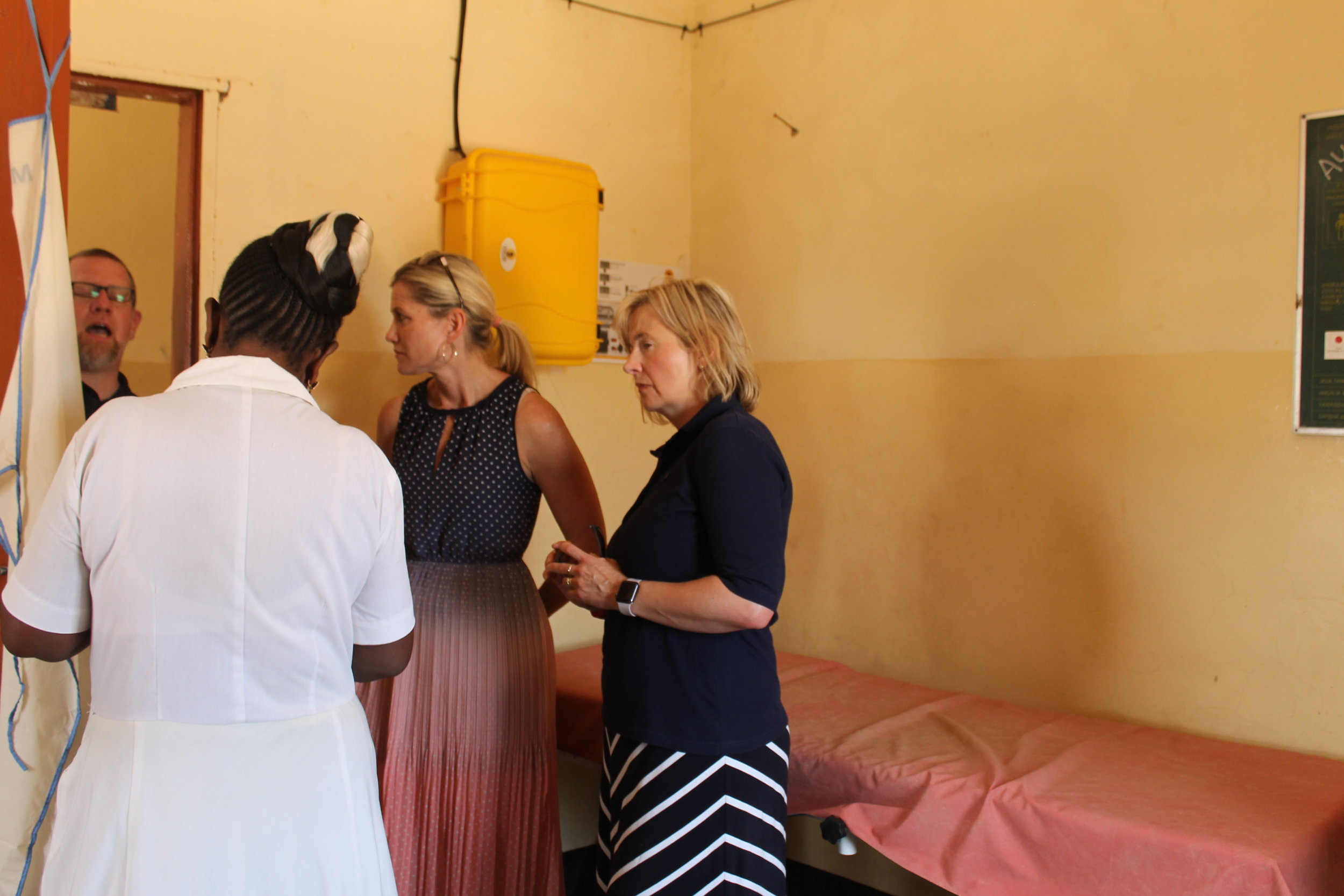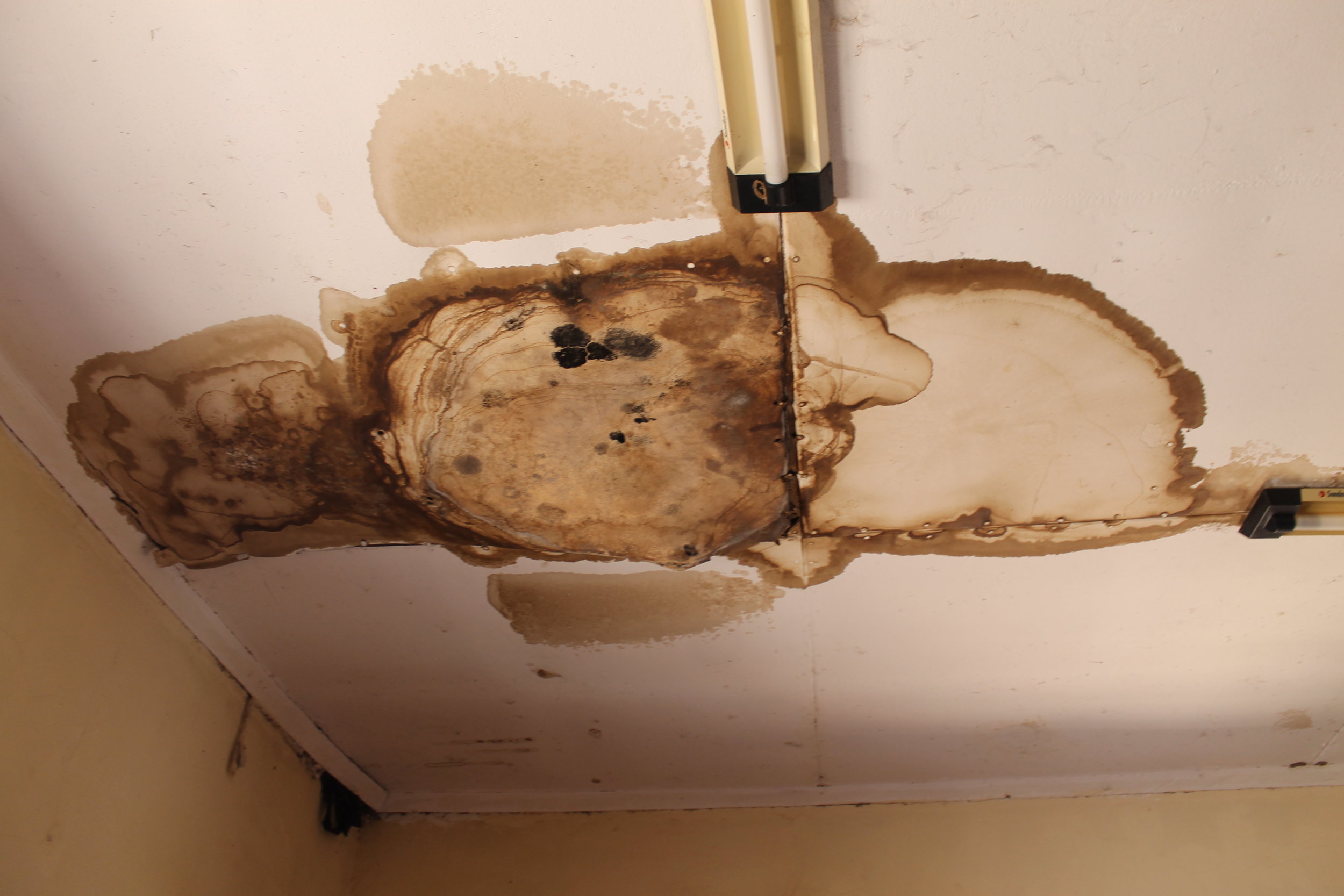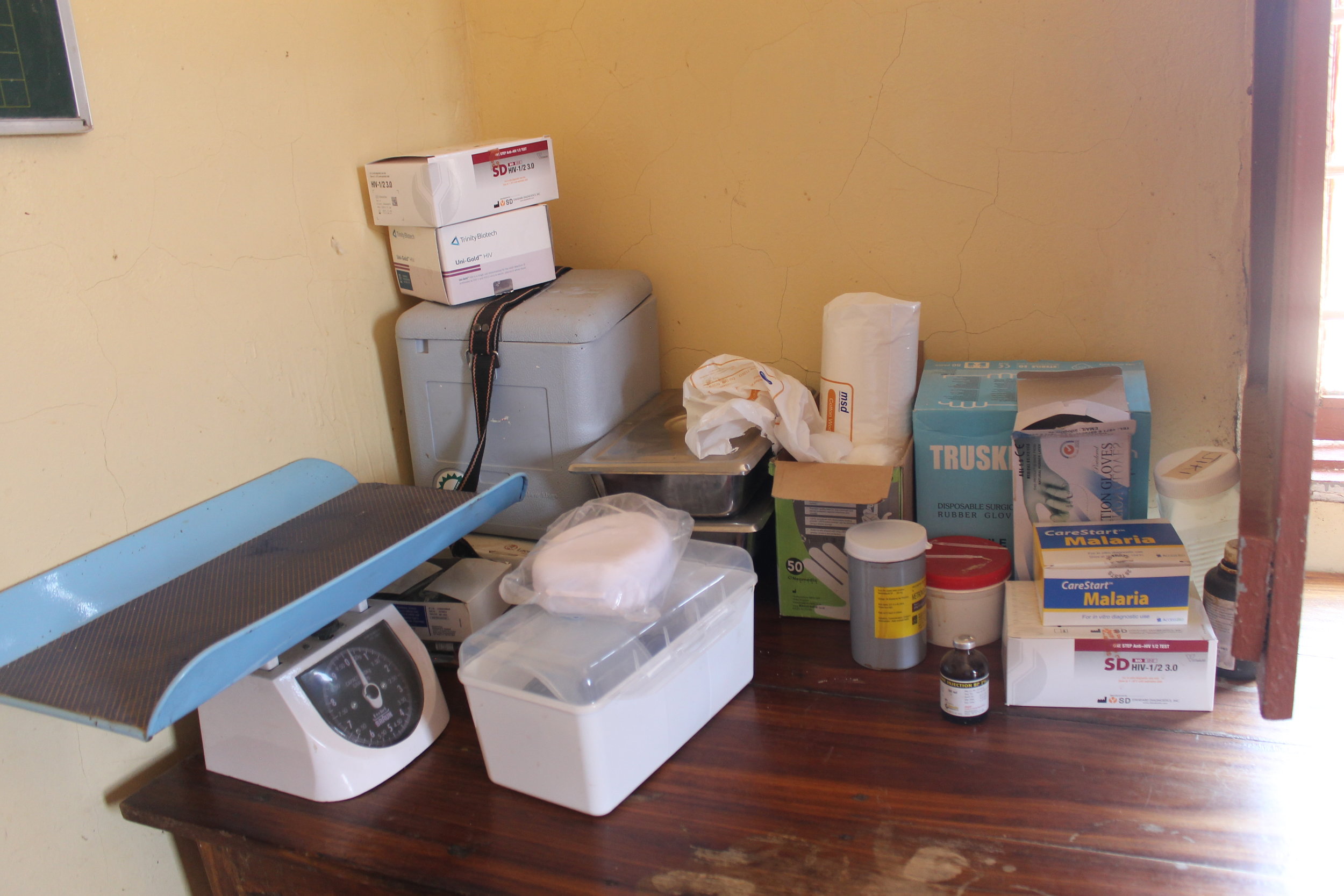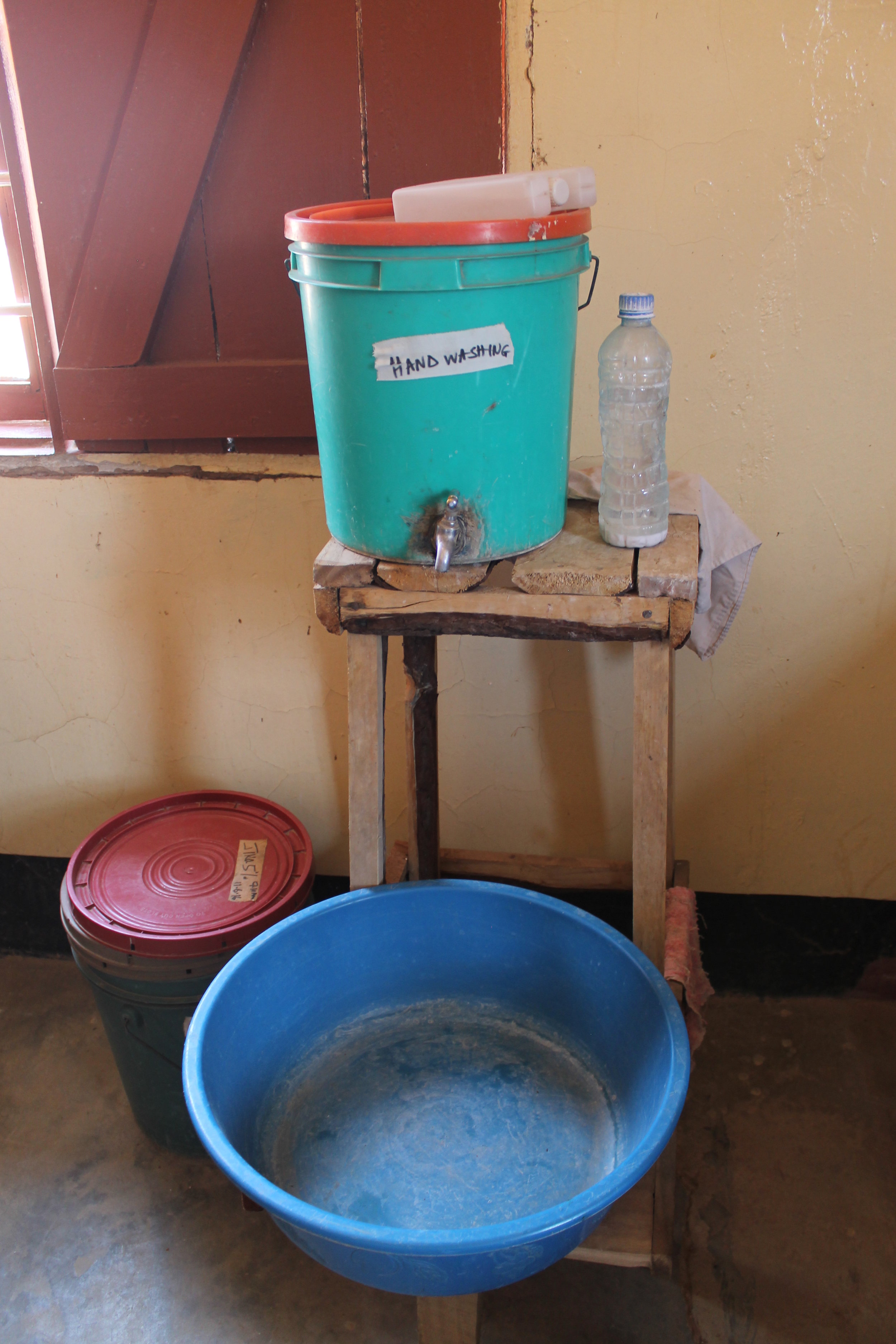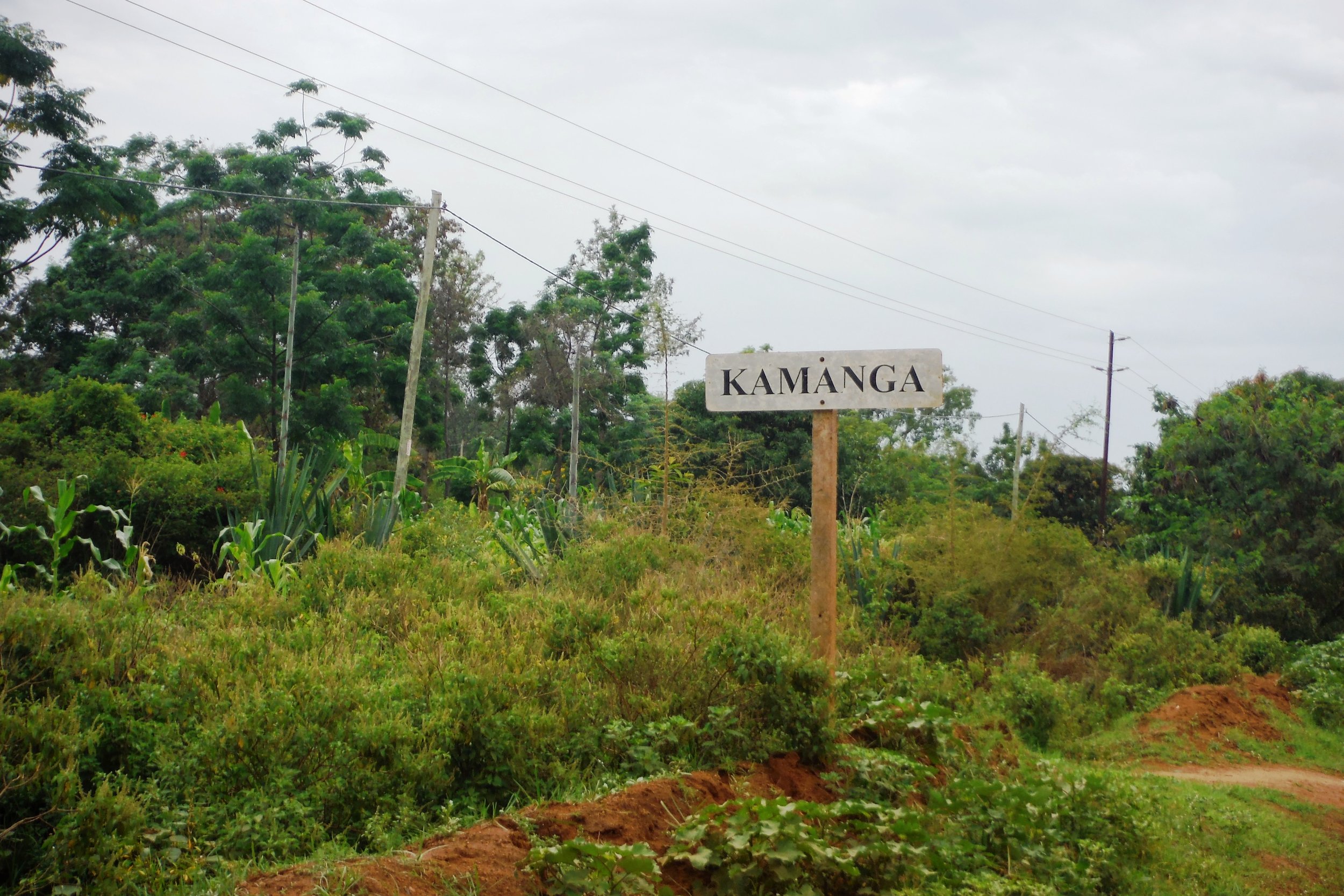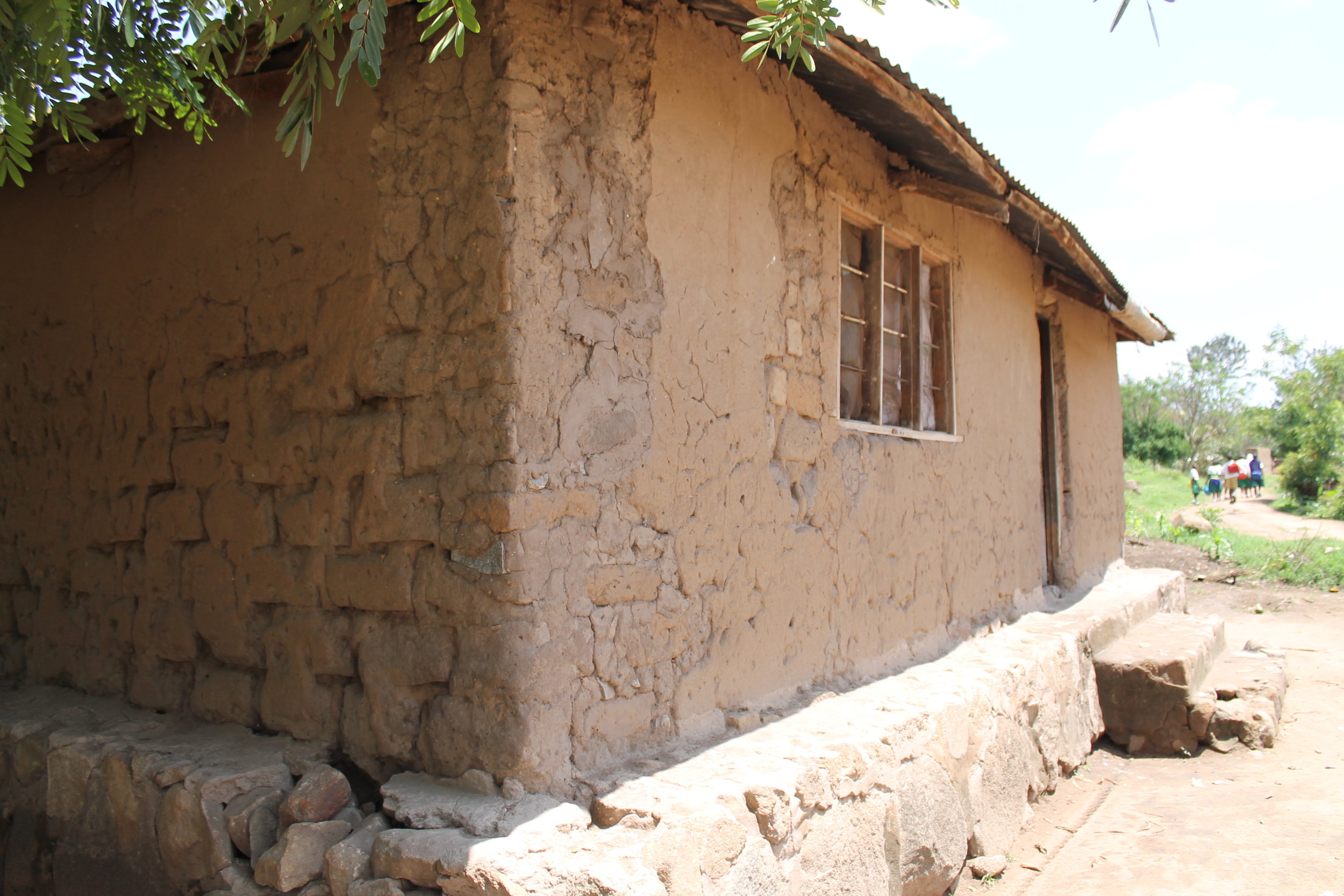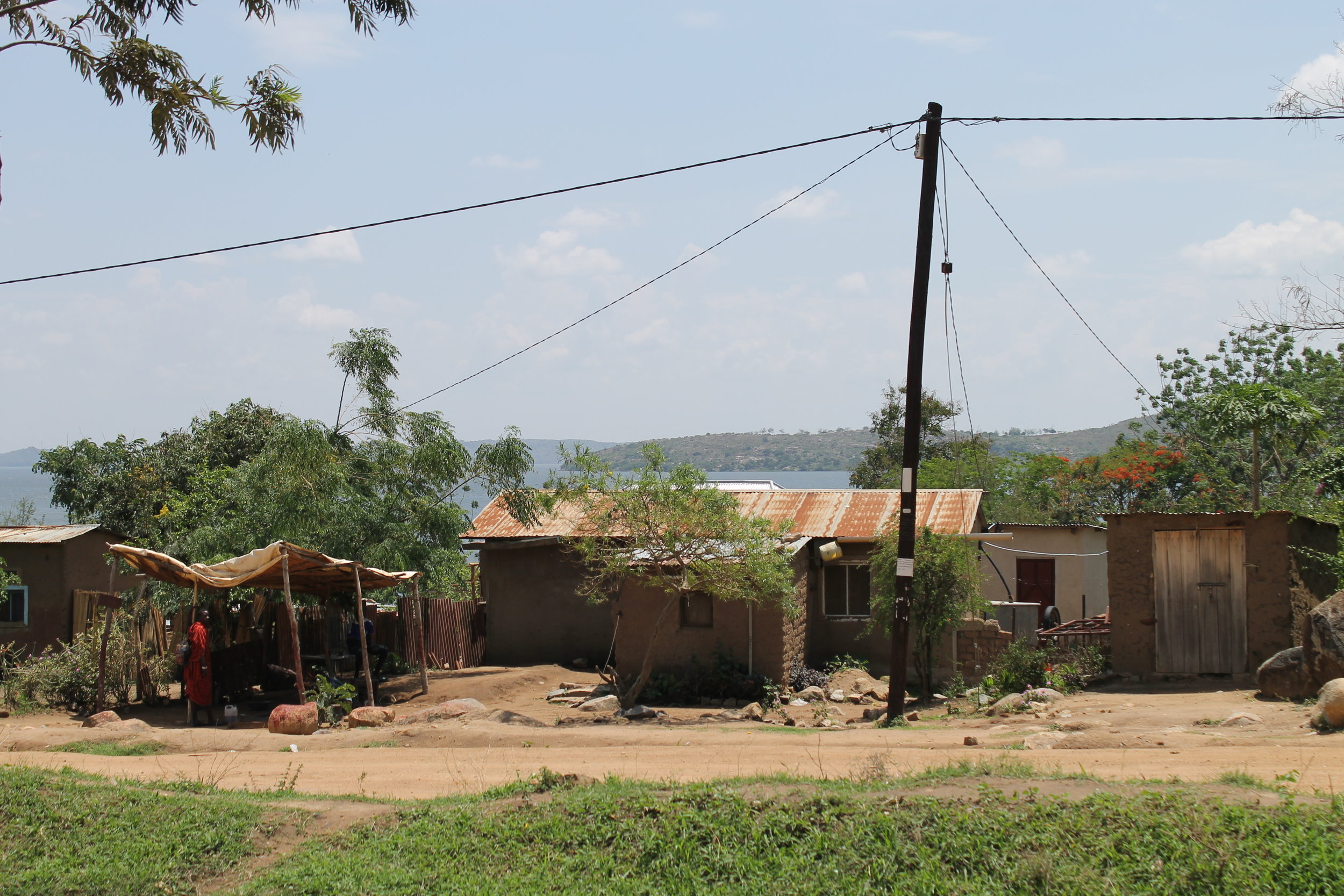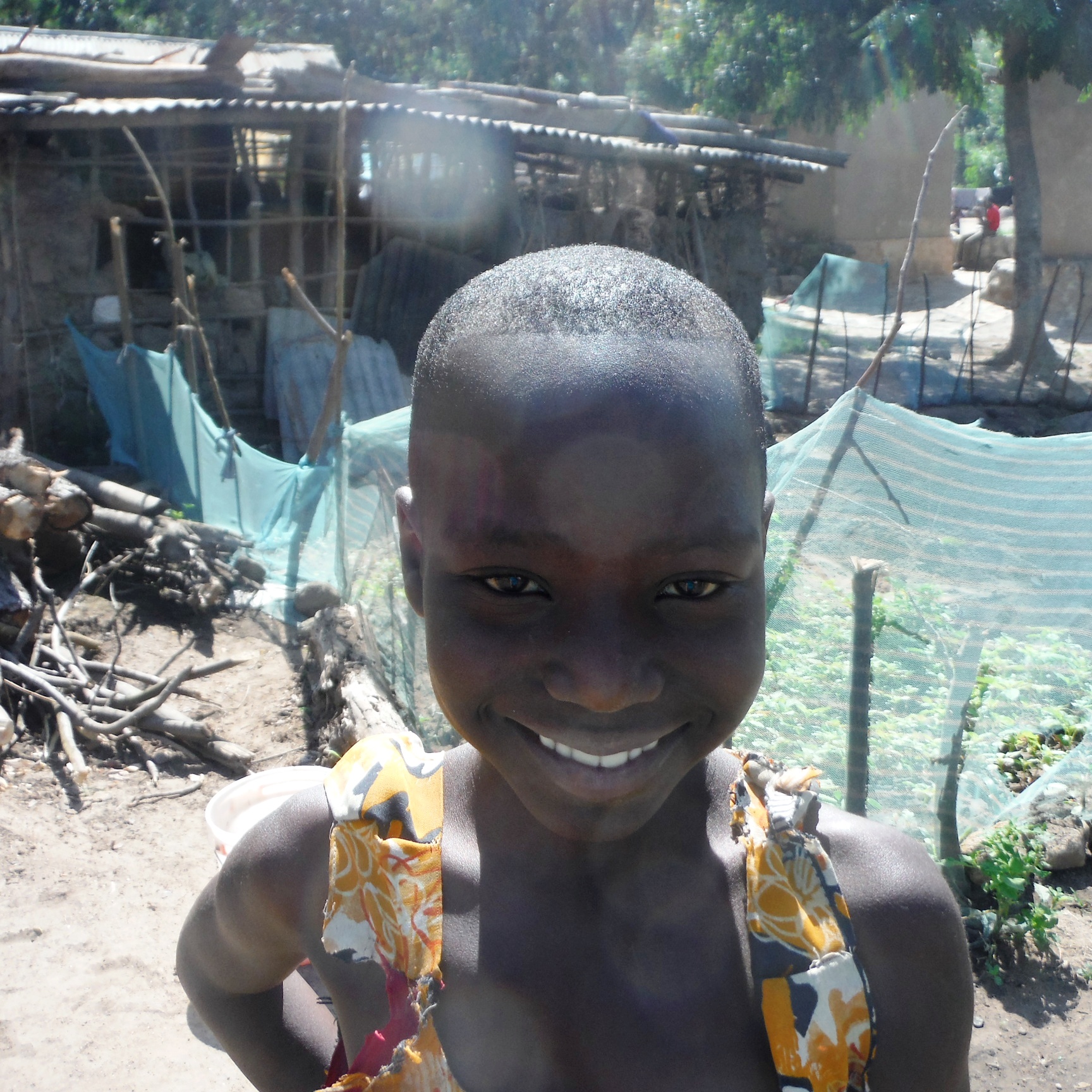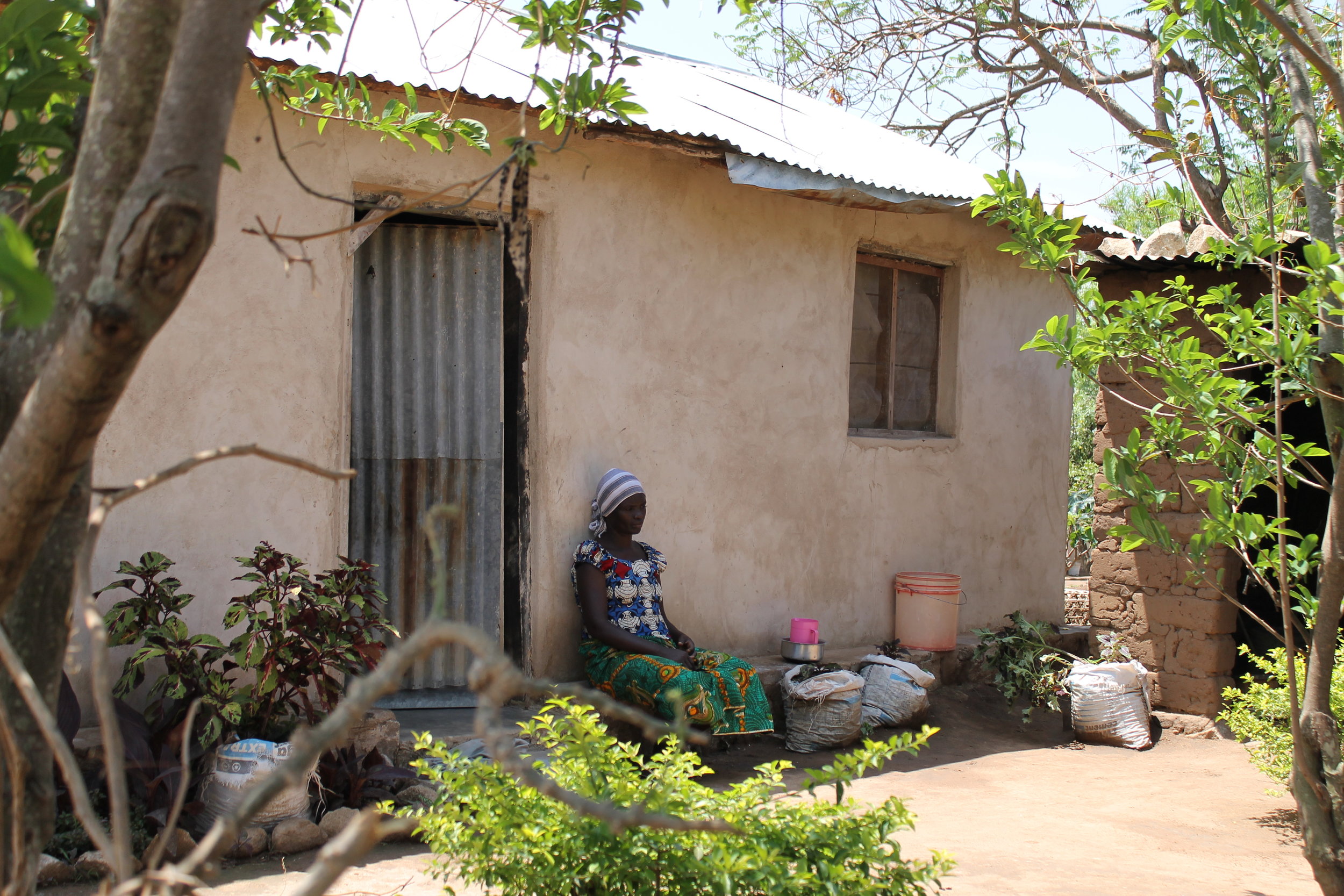“The lack of health facilities in Kamanga means that most people buy medicine locally from the medicine shops and others are attended by traditional healers when they get sick”
The state of the current Nyamatongo Dispensary Birthing Room
“75% of pregnant mothers in the ward use traditional birth attendants for delivery”
“I walked to Karumo dispensary for two hours. On arrival I was asked to pay Tz Sh 1000 (equivalent to US $0.60) for the Antenatal Card, even though the card states ‘not to be sold’ because of the government policy of free services for pregnant women”
Kamanga Village is located in the Lake Zone of Sengerema District. It lies directly across Mwanza Town, in Mwanza Gulf, separated by Lake Victoria. It is linked to Mwanza by regular ferry services operated by two companies. Travel time is around 30 minutes. Kamanga is also linked to Sengerema by a well-used but unpaved road, with a travel time of around one hour in dry seasons. Despite its proximity to Mwanza, Kamanga enjoys only basic services, and economic opportunities are limited. Healthcare and sanitation are poor and local people are exposed to water-borne diseases and parasites. However, the village is an important transport hub and a route to market, which has the potential to grow, if the road to Sengerema is improved.
Kamanga has two small pharmacies, three traditional birth attendants and twelve traditional healers. There are no health facilities such as dispensaries, clinics or hospitals. Dispensaries at Nyamatongo and Karumo are supposed to serve Kamanga village, but they are too far away to be reached: few residents have enough money to pay the transport costs. They are also unable to afford the price of consultations and drugs.
In addition, the quality of service is poor compared to those available in Mwanza Town, because there is a shortage of staff, and drugs are frequently out of stock. Hence some community members who can afford it opt to travel to Mwanza or Sengerema, even for routine health services such as antenatal care. When someone gets sick during the night it is very difficult to receive healthcare because there is no transport to Mwanza City at that time.
“There was a pregnant woman who died due to lack of health services. This was because of the lack of transport during the night to get her to the hospital in Mwanza City because the ferries do not operate at night time”
According to information from the Nymatongo and Karuma Dispensaries the top most common diseases and health issues are:
1. Malaria 2. Upper respiratory tract infections including TB 3. Diarrhea
4. Fungal skin infections 5. Intestinal worms 6. Bilharzia
7.Typhoid 8. UTI 9. Pneumonia
10. Non-fungal skin infections 11. Eye diseases 12. Ear diseases
13. Sexually Transmitted Infections 14.HIV/AIDS 15. Anemia
The top three conditions are responsible for the highest mortality rates in the region.
The Village Executive Officer in Kamanga, reported that malaria, HIV/AIDS related conditions, bilharzia, typhoid and urinary tract infections were the most commonly diagnosed.
(Kamanga Baseline Survey p21&22)







